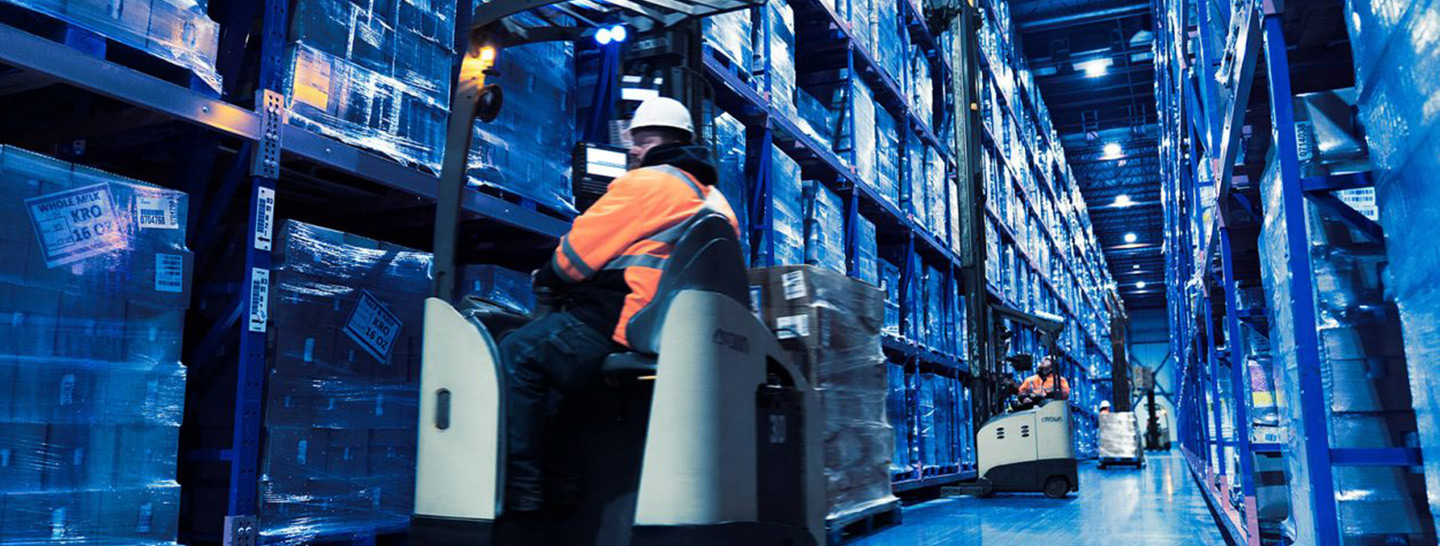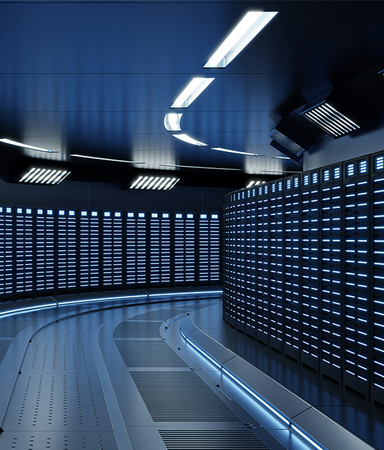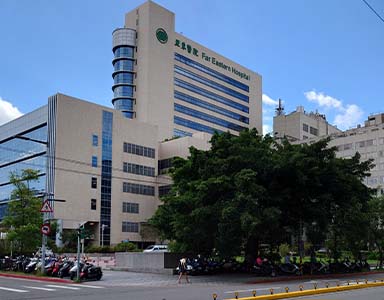This United States Cold Storage case study is based on a project developed in Enel X North America.
United States Cold Storage
United States Cold Storage is a leading cold storage logistics company that aims to advance, innovate, and serve companies seeking the best service, facilities, and logistics in the cold chain industry. Originally founded in 1899, the company is headquartered in Camden, New Jersey, with 43 cold storage facilities located throughout the continental United States.



